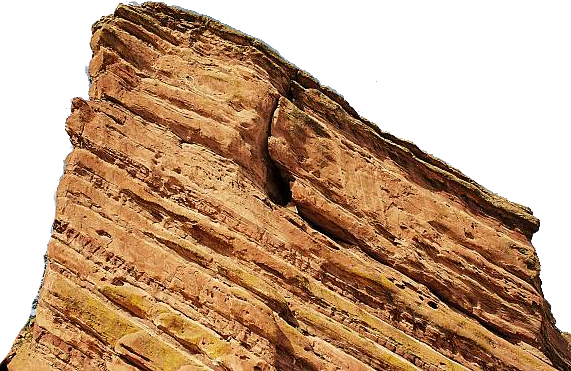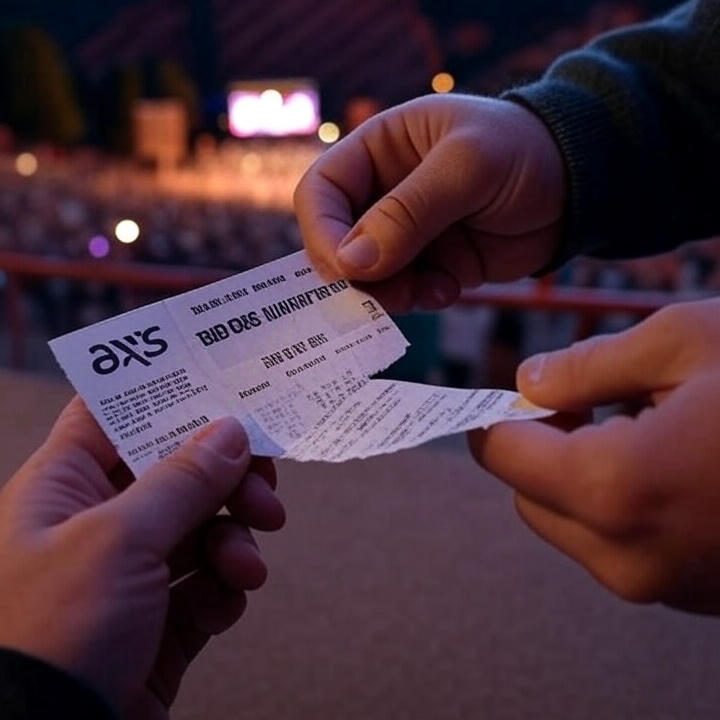Nashville’s Nu-Metal King HARDY Unleashes His Rock Side With The Mockingbird And The Crow
21st September 2024Seven Lions – Beyond the Veil
23rd September 2024Shape objects offer various attributes that you can modify. You may alter its width and height; change its corner type; or make all corners equal.
Shape tweening processes must include starting and ending shape hints which correspond with keyframes in the sequence being tweened.
Shapes
Each shape object includes various data members, such as color. Furthermore, shapes may contain on-screen control widgets which you can use to manage their output via functions.
To adjust the width or radius of a polygon, drag its circle radius widget. If you want to modify its number of sides or corners, simply drag any side widget or corner type widget.
For control of complex or unexpected shape changes, shape hints provide the means. Shape hints are letters (A through Z) which identify points on both starting and ending shapes that correspond. Tweening with shape hints ensures each eye of your drawing remains recognizably distinct even as its form changes; yellow appears at the beginning keyframe while green at its completion keyframe in shape-tweened sequences; you can specify up to 26 of these.
Labels
ShowShape offers various label formats for shapes, such as text, image or link labels. You can modify these output settings using the Label Output Settings button – for instance if using system styles to display text labels on maps of European capital cities with system styles you could adjust the font size or choose bold font from Text Symbol Gallery in Label Class pane Labeling tab Label Class pane
Use the Shape Properties dialog box to add or edit other forms of shape metadata, such as adding target URLs to tooltip texts that display when users hover over shapes.
ShowShape accepts optional name-value arguments separated by commas, such as ShapeColor=”yellow.” By setting this value to true, all shapes with yellow colors will be shown by this function. Scalar values, vectors of color names or RGB triplet values can also be specified here.
Colors
Color for points in a point cloud can be specified either as a scalar value, an M-by-3 matrix (for organized and unorganized point clouds) or cell array of short or long color names. Each matrix element must contain RGB intensities within [0,255]. Please see our Supported Colors table for more details.
For label text colors, name-value pairs (Name and Value) in the format Name1=Value1,…,Number of Values N can be used; these must appear after other arguments of ShowShape function call. As an alternative approach, an RGB color map could also be useful; its contents must include all desired hues for every shape in question.
Text
Text can be used in ShowShape as labels for shapes. Labels can be anchored at specific positions using the xanchor and yanchor parameters; respectively they specify horizontal positional anchor and vertical positional anchor respectively. You can also use texttemplate parameter to customize format of label text; variables can also be added using the %variable format.
Computer Vision Toolbox offers functions for visualizing detected objects by inserting shapes and text overlaid on images, videos and point cloud data. These shapes are rendered using MATLAB graphics. As an alternative way of visualizing data sets ShowShape offers another method.




